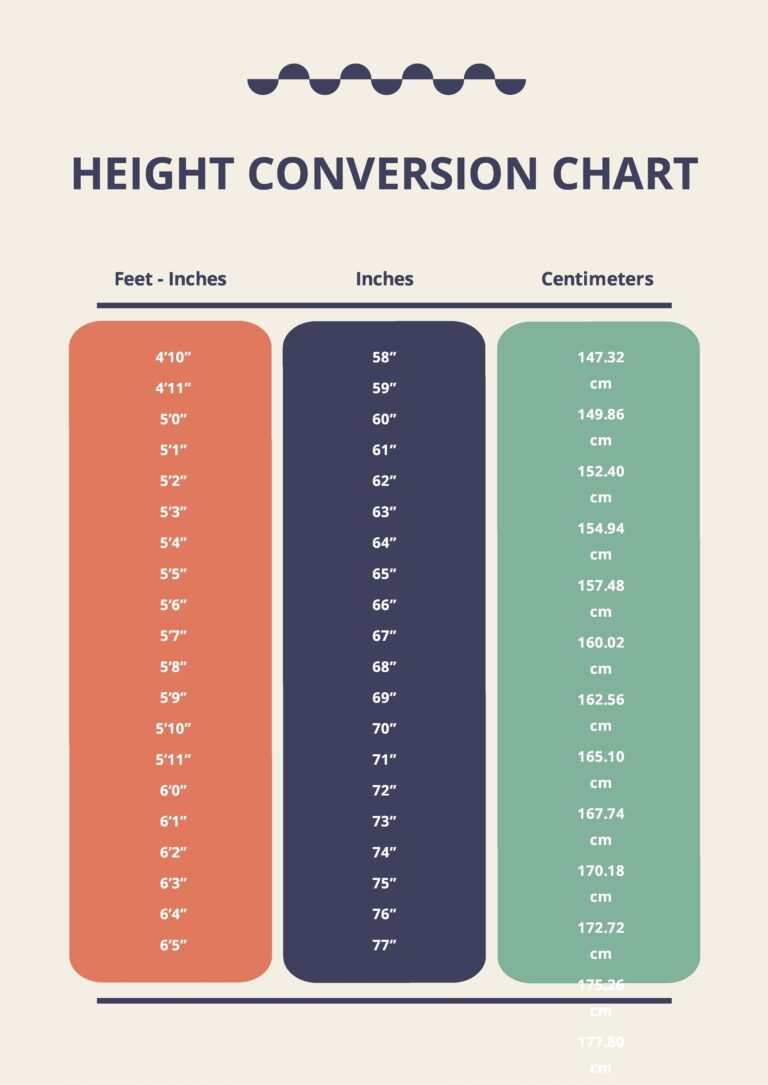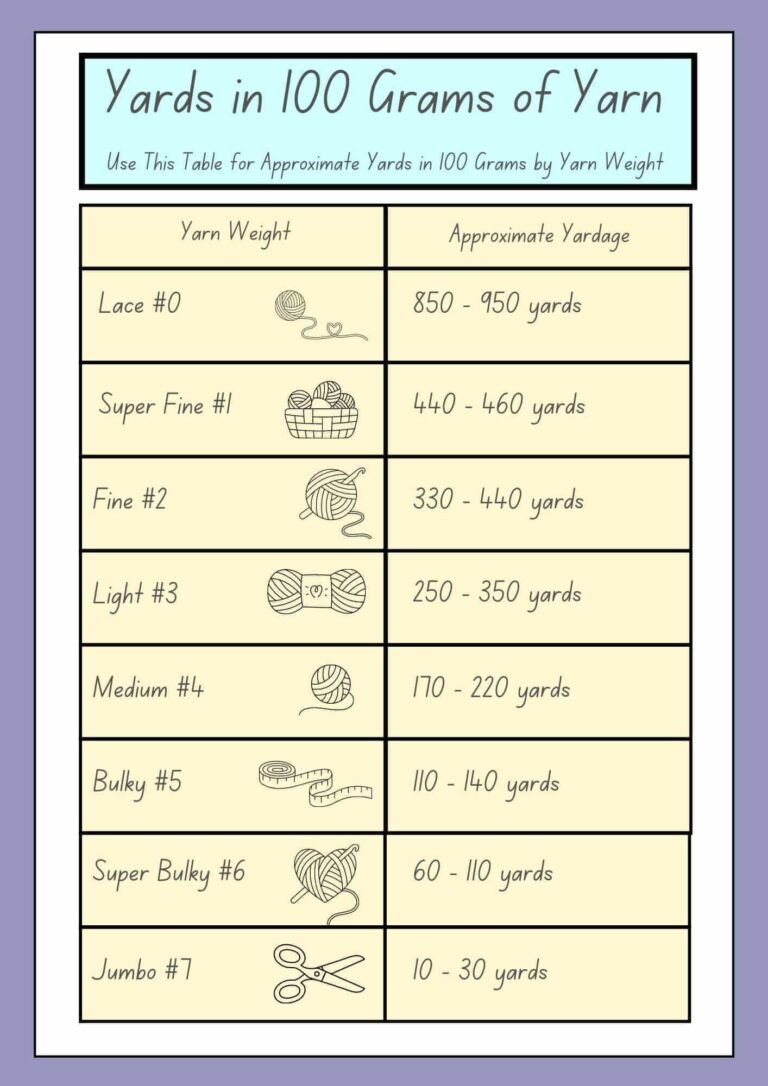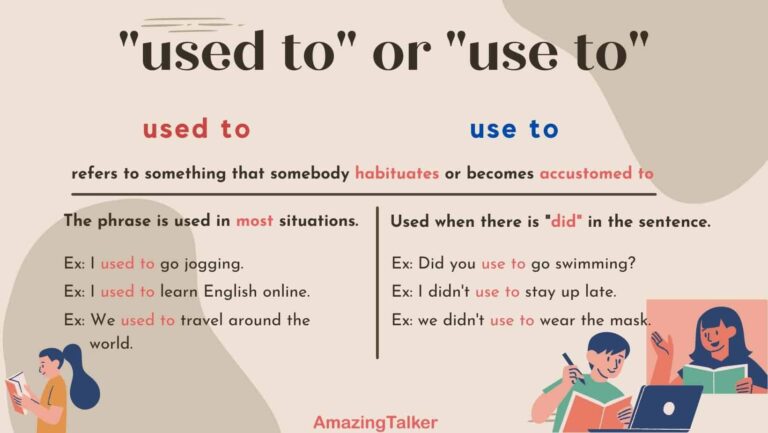Can You Buy A Brand New Car With Bad Credit?
Can You Buy A Brand New Car With Bad Credit? cars.truckstrend.com
The gleaming allure of a brand new car is a dream for many. The fresh scent of the interior, the cutting-edge technology, the peace of mind of a full warranty – it’s an exciting prospect. However, for individuals grappling with less-than-perfect credit, this dream often feels out of reach. The common perception is that bad credit slams the door shut on new car purchases, relegating buyers to the used car market or, worse, no car at all. But is this truly the case? Can you buy a brand new car with bad credit?
The short answer is yes, it is often possible, but it comes with significant challenges and considerations. While a high credit score undeniably smooths the path to favorable financing, having bad credit doesn’t automatically disqualify you from driving a new vehicle off the lot. It requires a strategic approach, thorough preparation, realistic expectations, and a willingness to navigate a more complex lending landscape. This comprehensive guide will delve into the intricacies of buying a brand new car with bad credit, offering practical advice and actionable insights to help you achieve your goal.
Can You Buy A Brand New Car With Bad Credit?
Understanding Bad Credit and Its Impact on Car Loans
Before diving into strategies, it’s crucial to understand what "bad credit" means in the context of auto financing. Credit scores, primarily FICO scores, range from 300 to 850. Generally, scores below 580 are considered "poor," and those between 580 and 669 are "fair." Lenders use these scores to assess your creditworthiness – essentially, how likely you are to repay a loan.
When you have bad credit, lenders perceive you as a higher risk. This increased risk translates directly into less favorable loan terms. While prime borrowers (those with excellent credit) enjoy low interest rates, flexible terms, and numerous options, subprime borrowers (those with bad credit) face higher interest rates, potentially shorter or longer loan terms, and fewer choices. The higher cost of borrowing is how lenders mitigate the risk associated with your credit history. Buying a new car, which typically involves a larger loan amount than a used car, further amplifies this perceived risk for lenders.
The "Yes, But…" – Navigating the Possibility
The "yes" part of the answer lies in the existence of specialized lenders and financing programs designed for individuals with less-than-perfect credit. Many dealerships have "special finance" departments, and there are numerous subprime lenders who focus specifically on this market segment. They understand that life happens, and a past financial misstep shouldn’t permanently sideline someone from essential transportation.
However, the "but" part is equally important. While approval is possible, the terms of the loan will likely be less appealing than those offered to prime borrowers. You’ll need to be prepared for:
- Higher Interest Rates: This is the most significant consequence. A higher interest rate means you’ll pay significantly more over the life of the loan.
- Larger Down Payments: Lenders often require a substantial down payment to reduce their risk and demonstrate your commitment.
- Stricter Approval Criteria (Beyond Just Score): Lenders will scrutinize your income, employment history, debt-to-income ratio, and residential stability more closely.
- Limited Vehicle Choices: You might not be able to get the exact make, model, or trim level you desire. Lenders may prefer to finance vehicles that hold their value well or are easier to repossess and resell if you default.

Strategies to Improve Your Chances of Approval

Securing a new car loan with bad credit requires a proactive and strategic approach. Here’s how to maximize your approval chances and secure the best possible terms:
1. Prepare Your Finances Meticulously
- Know Your Credit Score and Report: Obtain your credit report from all three major bureaus (Experian, Equifax, TransUnion) and check your score. Look for errors and dispute them immediately. Understanding your credit standing is the first critical step.
- Create a Realistic Budget: Determine how much you can truly afford for a monthly car payment, insurance, fuel, and maintenance. Don’t just consider the car payment; a new car might mean higher insurance premiums, for example. Overextending yourself will only lead to further financial strain.
- Save for a Substantial Down Payment: This is arguably the most impactful step. A larger down payment reduces the amount you need to borrow, thereby lowering the lender’s risk and potentially securing a lower interest rate. Aim for at least 10-20% of the car’s price, if not more.
- Address Existing Debts: If possible, pay down other high-interest debts (like credit cards) to improve your debt-to-income ratio. This shows lenders you have more disposable income to dedicate to a car payment.

2. Strengthen Your Application
- Consider a Co-signer: If you have a trusted family member or friend with excellent credit who is willing to co-sign, this can significantly improve your chances of approval and secure a better interest rate. Be aware that the co-signer is equally responsible for the loan.
- Provide Ample Documentation: Have proof of income (pay stubs, tax returns), employment history, residency (utility bills), and banking information readily available. The more comprehensive and organized your documentation, the smoother the application process will be.
- Show Stability: Lenders prefer borrowers with stable employment and residency. If you’ve been at your job for a significant period and haven’t moved frequently, highlight this.
3. Research Lenders & Dealerships Thoroughly
- Explore All Lending Avenues: Don’t just walk into a dealership.
- Credit Unions: Often offer more competitive rates and are more flexible with borrowers who have a relationship with them.
- Online Lenders: Many online platforms specialize in bad credit auto loans. They can provide pre-approvals quickly.
- Banks: While traditional banks might be stricter, it’s worth checking with your current bank, especially if you have a good relationship.
- Dealership Finance Departments: Many dealerships have relationships with multiple lenders, including subprime ones. Look for those advertising "special finance" or "bad credit auto loans."
- Get Pre-Approved: Applying for pre-approval with multiple lenders can give you a clear idea of what interest rates and loan amounts you qualify for. This empowers you with negotiation leverage at the dealership, as you’ll know your financing options before you even start looking at cars. Multiple inquiries within a short period for the same type of loan are typically counted as one hard inquiry, minimizing credit score impact.
Important Considerations and Potential Pitfalls
Even with a strategic approach, buying a new car with bad credit has its unique challenges:
- High Interest Rates: As mentioned, this is the most common hurdle. A 20% interest rate on a $30,000 car loan can add tens of thousands of dollars to the total cost over the loan’s term. Focus on negotiating the overall price and understanding the total cost of the loan, not just the monthly payment.
- Longer Loan Terms: To make monthly payments more affordable, lenders might offer longer loan terms (e.g., 72 or even 84 months). While this lowers your monthly outlay, it significantly increases the total interest paid and can lead to "upside-down" equity (owing more than the car is worth) for longer.
- "Buy Here, Pay Here" Dealerships: These dealerships offer in-house financing, often without credit checks. While they offer high approval rates, they typically charge extremely high interest rates (often the maximum allowed by law) and may have very strict payment schedules, sometimes weekly. Use them as a last resort, and understand their terms completely.
- Beware of Add-ons: With bad credit, you might be pressured into buying expensive add-ons like extended warranties, GAP insurance, or etching services. While some might be beneficial, ensure they are necessary and not just padding the profit for the dealer.
- The "New Car Premium": New cars depreciate rapidly the moment they leave the lot. For someone with bad credit and a high interest rate, this depreciation combined with high interest can quickly lead to negative equity, making it difficult to sell or trade in the car in the future.
The Process: Step-by-Step Guide
- Check Your Credit: Get your reports and scores.
- Determine Your Budget: Know what you can realistically afford each month, considering all car-related expenses.
- Save for a Down Payment: The bigger, the better.
- Gather Necessary Documents: Proof of income, residency, employment, etc.
- Shop for Lenders & Get Pre-Approved: Contact credit unions, online lenders, and your bank. Compare offers.
- Research Cars: Based on your pre-approval amount, research new cars that fit your budget and needs. Be realistic.
- Visit Dealerships: Focus on dealerships with special finance departments. Be upfront about your credit situation.
- Negotiate Terms: Negotiate the car price first, then discuss financing. Don’t be afraid to walk away if the terms are unfavorable.
- Read the Contract Carefully: Understand every line item, especially the interest rate, loan term, total loan amount, and any fees.
- Make On-Time Payments: This is crucial for rebuilding your credit.
Illustrative Costs of Buying a New Car with Bad Credit
To highlight the impact of credit scores on car loan costs, here’s an illustrative table. Please note these are examples for a $30,000 new car loan over 60 months with no down payment for simplicity. Actual rates and payments vary widely based on lender, specific credit profile, loan term, vehicle price, and down payment.
| Credit Score Range | Example Interest Rate (New Car Loan) | Example Monthly Payment (for $30,000 car, 60 months) | Total Interest Paid Over Loan Term |
|---|---|---|---|
| Excellent (780+) | 3.5% – 5% | $545 – $555 | ~$2,700 – ~$3,300 |
| Good (670-739) | 6% – 8% | $580 – $608 | ~$4,800 – ~$6,500 |
| Fair (580-669) | 9% – 14% | $622 – $700 | ~$7,300 – ~$12,000 |
| Poor (300-579) | 15% – 25%+ | $714 – $880+ | ~$12,800 – ~$22,800+ |
As you can see, the difference in total interest paid for a "poor" credit score versus an "excellent" one can be substantial, sometimes even approaching the initial cost of the car itself. This underscores the importance of a down payment and negotiating the best possible rate.
Building Credit While Buying a Car
One silver lining to buying a car with bad credit is the opportunity it presents to rebuild your credit history. An auto loan is an installment loan, and consistently making on-time payments demonstrates financial responsibility. Over time, this positive payment history will be reported to credit bureaus, gradually improving your credit score. This can open doors to better financial products and lower interest rates in the future.
Frequently Asked Questions (FAQ)
Q: What’s a good down payment amount with bad credit?
A: Aim for at least 10-20% of the car’s price. The more you put down, the lower your loan amount, the less risk for the lender, and potentially a better interest rate for you.
Q: Should I use a co-signer?
A: A co-signer with good credit can significantly improve your chances and terms. However, it’s a big responsibility for them, as they are equally liable for the loan. Only do this if you are absolutely confident in your ability to make payments.
Q: Is a new car always a bad idea with bad credit?
A: Not necessarily, but it requires careful calculation. The higher depreciation and interest rates mean a new car can be a more expensive choice. Sometimes, a reliable, lower-cost used car might be a more financially prudent option to first rebuild credit, then consider a new car later.
Q: How long does it take to improve my credit?
A: Credit improvement is a gradual process. Consistent on-time payments, reducing debt, and maintaining low credit utilization can show significant improvement within 6-12 months, with more substantial changes over 2-5 years.
Q: What if I get denied?
A: Don’t despair. Ask the lender why you were denied. This feedback can help you understand what areas to improve. Consider saving more for a down payment, finding a co-signer, or focusing on credit repair before reapplying.
Q: Are "buy here, pay here" dealerships a good option?
A: They can be a last resort if all other options fail, as they often don’t require credit checks. However, their interest rates are typically very high, and terms can be strict. Read their contracts meticulously and understand the total cost before committing.
Conclusion
Buying a brand new car with bad credit is not a pipe dream, but rather a challenging yet achievable goal that demands diligent preparation, realistic expectations, and a strategic approach. While you may face higher interest rates and a more limited selection, the possibility exists, especially if you focus on securing a substantial down payment, exploring all lending avenues, and demonstrating financial stability.
Ultimately, a new car can be a significant step toward improving your transportation and, if managed responsibly, a powerful tool for rebuilding your credit. Approach the process with patience, knowledge, and a commitment to making timely payments, and you can drive off the lot in a brand new vehicle, setting yourself on a path toward a stronger financial future.






